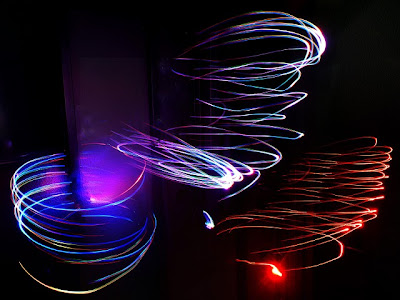BCT Year Three, Studio V, Entry One
"Baby Steps"
Hello again! After a year of complete inactivity, I'm bringing this old BCT blog back from the dead to help you all keep up with my work, so that the current blog section of my website can be repurposed into a digital portfolio. So without further ado, I'll bring you up to speed with what I'm doing.
...Uh-oh.
Disappointingly, I've had a very bad start to this new project. This year I will be redesigning and repurposing the current BCT website at creativetechnologies.ac.nz to serve as a central hub for both students and staff. The unfortunate part is that I've had an incredible amount of trouble actually getting off the starting line. That said, with some help from my tutors, I'm well on my way to getting back on track and getting this done.
The first step was to come up with a battle plan. I've wasted a lot of time, so it'll be a lot of work for this to come to fruition, but now that I've found a solid starting point I believe it will be much easier to get things done from here on out. I've put it up in a convenient .pdf format, which you can view here if you'd like to gain an insight into how I'm working. It'll be hard work to catch up, but certainly worth it.
Now! On to the actual site.
Basically - the current BCT website, though functional, is highly outdated both technologically and informationally. At its most basic level, my project aims to take the site and turn it into something modern, functional and useful beyond simply linking to student's webpages and blogs. This encompasses a complete rethink of the site's frontend and visual design, as well as a VERY significant change in mechanics. Information on exact aspects is thin at the moment, as I have not collected enough data from my 'clients' to pin down any rock-solid site features, but at is basest level I'd like to incorporate some kind of account and content management system that will replace the current method of simply editing the very HTML code of the site itself. Beyond that remains up to the faculty staff and students, though I've seen a very positive reaction to the idea of a BCT wiki and portfolio system.
Over the next semester I want to collect all the information I need to decide on site features and the technologies I'll use to implement them, and subsequently get a working prototype going by the assessment on the 24th of June. Subsequently, I aim to polish and expand the functionality of this model over Semester 2.
Though the tangible output of this project will be a working website, my main concern is learning the process of web development itself. This includes not only learning code, standards and programs, but also interaction with clients and extensive documentation. I also want to give something back to the Bachelor of Creative Technologies, leave something useful in my wake. And of course, I'd love to have something good for my portfolio when I'm seeking employment.
For more information, head over to my website at creativetechnologies.ac.nz and check out the 'portfolio' section. I'll be updating both it and this blog periodically with progress, musings and artifacts from the project at hand. Stay tuned!











